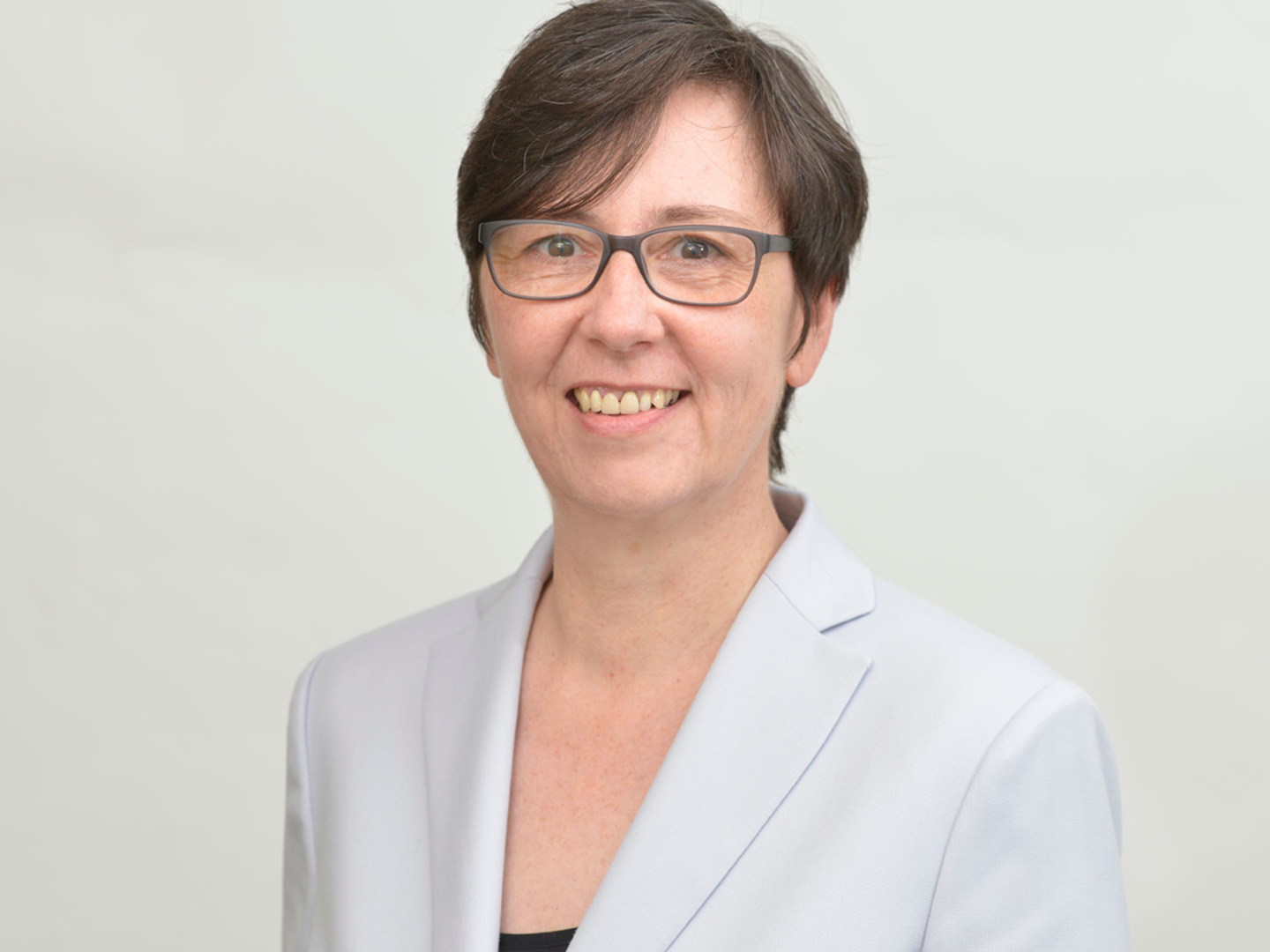... Dorit Wolf, head of the "Higher Alcohols" subproject.
Interview of 17.2.2021
From your perspective as head of the "Higher Alcohols" subproject, what has been achieved so far in the Carbon2Chem® joint project?
Dorit Wolf: For a process that is not yet commercially available, we started with three alternative concepts for catalytic processes based on the state of the art. In the meantime, we have been able to identify the most promising development approach with which selectivities and productivities for higher alcohols can be achieved that fulfill the condition for an economical process starting from metallurgical gases.
What were highlights?
Dorit Wolf: On the side of homogeneous catalysis: the development of a process from CO2 to butanol. The basic knowledge of the reaction mechanism obtained also influenced the development of the heterogeneous catalyst. On the side of heterogeneous catalysis: the step from the first to the second catalyst generation. The generation change leads to significant improvements of the selectivity to the alcohols, at the same time to the suppression of the undesired methane formation. This generation change was based on insights into the reaction mechanism, which we were able to gain from our homogeneous catalytic development train, among other things.
What were the biggest challenges?
Dorit Wolf: Patience. The catalyst needs time to reach its operating state. That means long test times until usable results are available. And nerves. The step from catalyst powder to mold and the step from screening reactor to technical tube diameter required adjustments to the activity of the catalyst and the start-up process. Going through the reaction was one of the unpleasant experiences on the way to a controllable and robust system.
What are the next steps planned?
Dorit Wolf: We are aiming for the "design freeze" for the catalyst by mid-2021. From then on, we plan to test it under real gas conditions, with CO2 injection and, if necessary, with methanol recirculation in the pilot plant.
 Fraunhofer Institute for Environmental, Safety and Energy Technology UMSICHT
Fraunhofer Institute for Environmental, Safety and Energy Technology UMSICHT